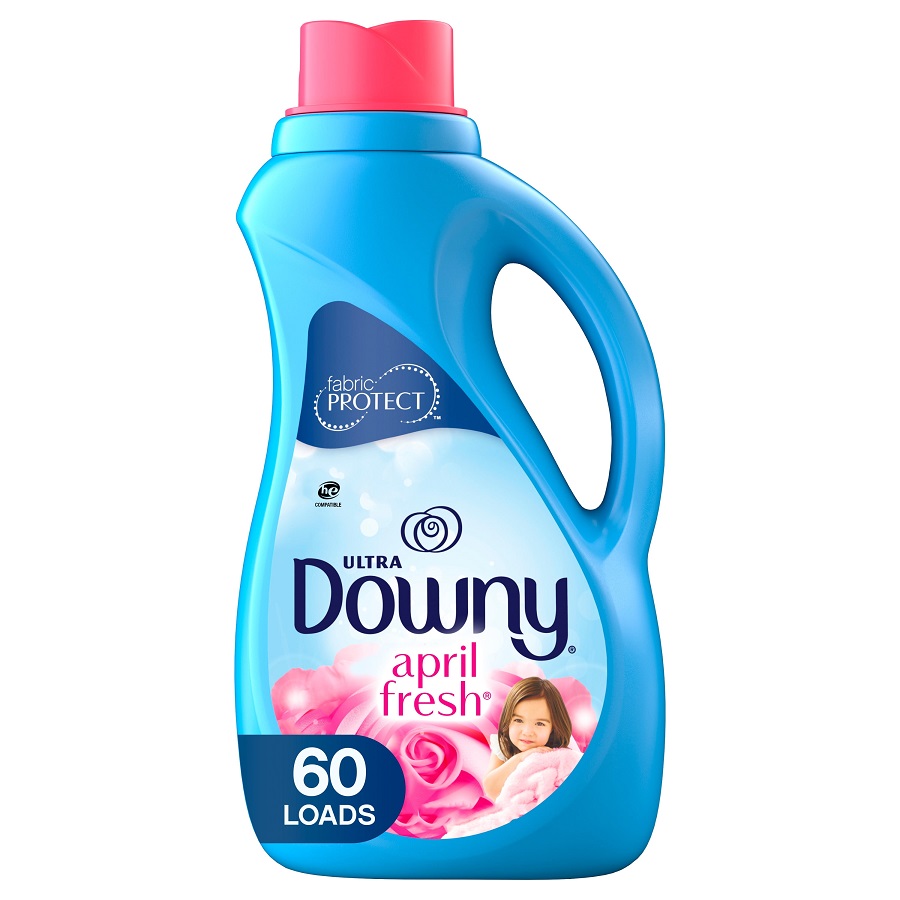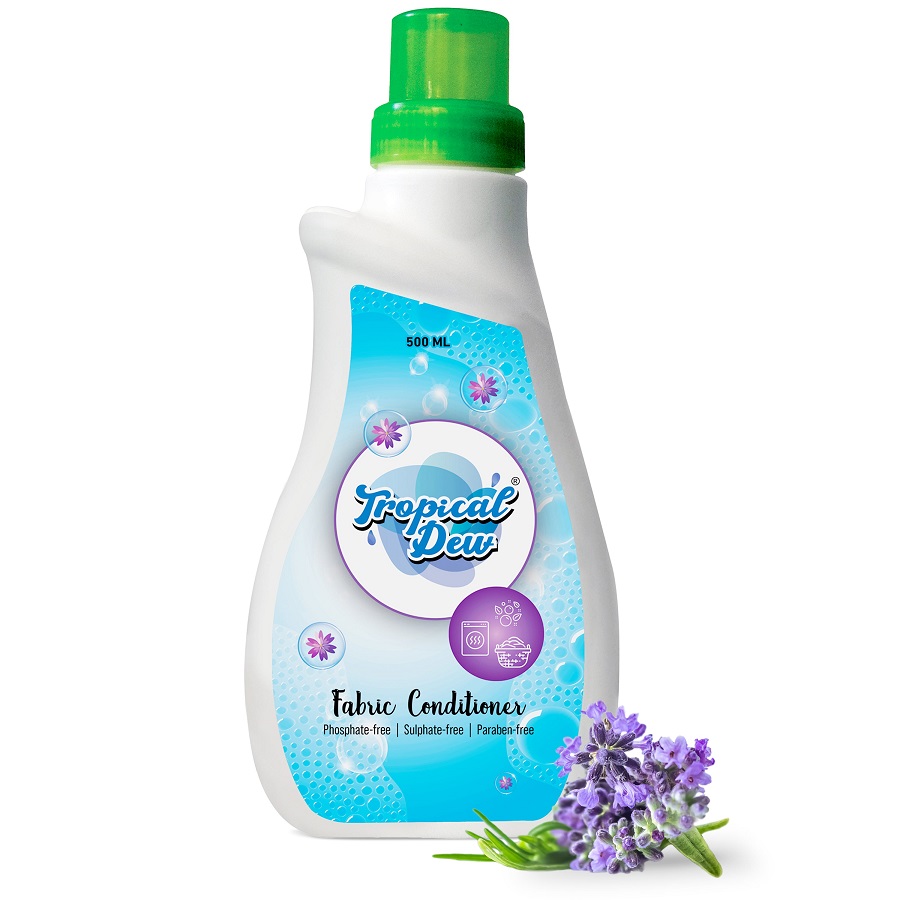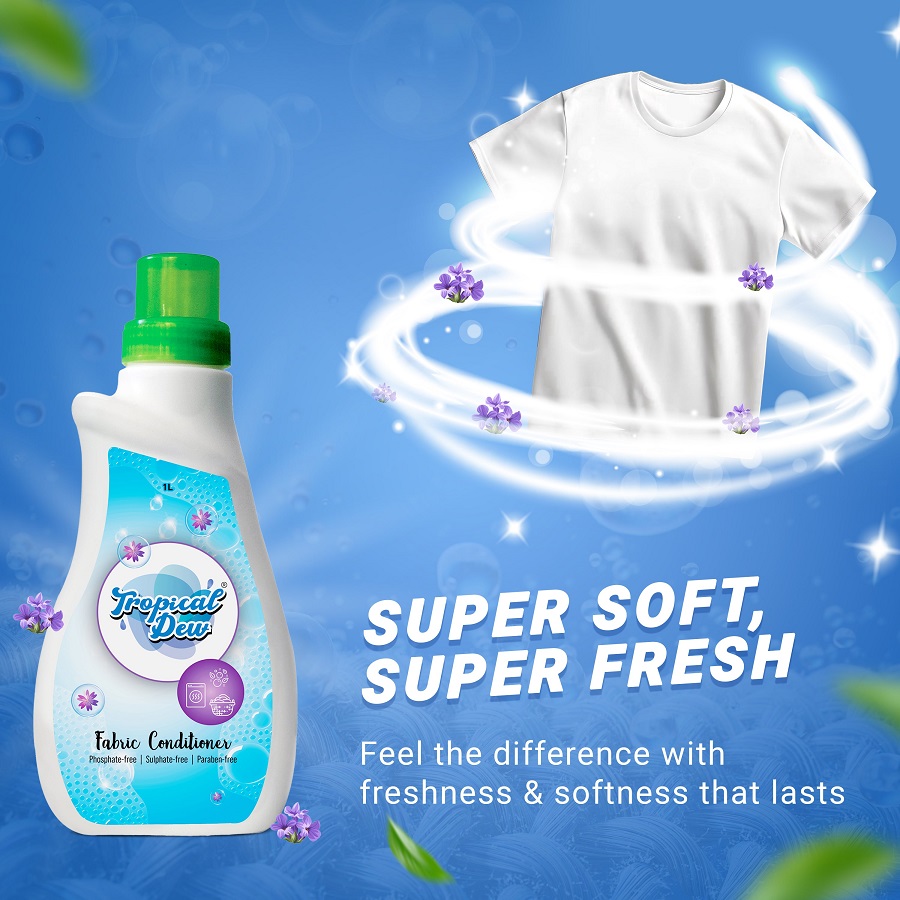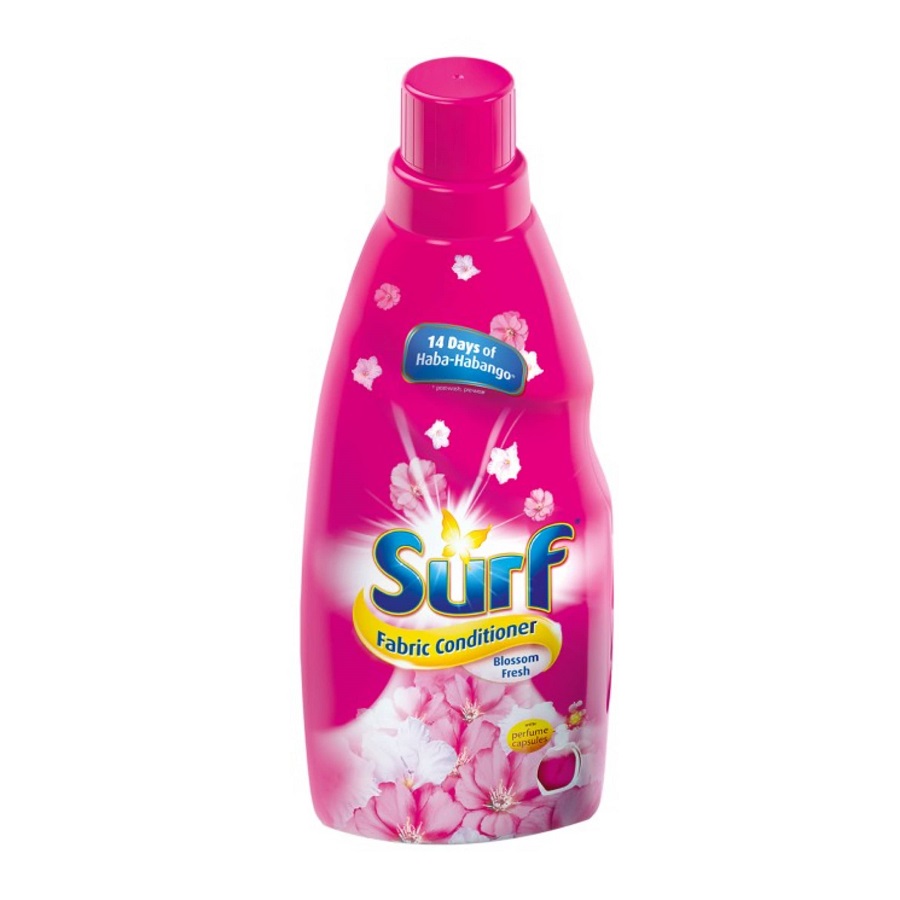The Importance of Fabric Conditioner in Laundry Care
When we talk about what is fabric conditioner, it’s crucial to understand its role in laundry care. Fabric conditioner, also sometimes referred to as fabric softener, serves multiple purposes to benefit both your clothes and your laundry routine.
First, it acts as a guardian for your garments, protecting the fibers from damage during the wash and dry cycles. This protection helps fabrics maintain their original texture and quality for longer. Traditional laundering processes involve agitation and friction, which can be harsh on clothes. Fabric conditioner coats the fibers, safeguards them against these harsh conditions, and reduces the risk of wear and tear.
Second, fabric conditioner plays a significant role in preserving the feel and comfort of your clothing. The softening agents in fabric conditioner work by smoothing out the fibers, making them feel fluffy and pleasant to touch. This is especially beneficial for items like towels and bed linen, which are meant to be gentle on the skin.
Third, the conditioner can keep clothes smelling fresh and clean for extended periods. It often comes with fragrances that add a pleasant scent, offering an additional layer of freshness post-wash. This can be particularly appealing for those storing clothes for a while, ensuring they smell just washed when worn.
Lastly, fabric conditioner contributes to easier laundry management. It can reduce static cling, making your clothes easier to handle and fold after drying. It also typically aids in a smoother ironing process, saving you time and effort when you’re prepping your outfits for the day.
In summary, fabric conditioners is more than just an optional laundry additive – it’s a vital component for maintaining the longevity, comfort, and appearance of your clothes. Investing in a good fabric conditioner means investing in the life of your wardrobe.

How Fabric Conditioner Preserves Clothing Quality
Fabric conditioners, often referred to as fabric softener, does wonders for clothing quality. Let’s explore how fabric conditioner preserves the quality of your clothes.
Firstly, it reduces friction during wash cycles. When clothes tumble in the wash, fibers can rub together. This action may cause weakening over time. Fabric conditioner coats each thread, lessening the wear and tear from this friction.
Secondly, it keeps fibers strong. Just like conditioner for hair, fabric conditioner helps in maintaining the strength of fibers. This results in clothes that resist damage and maintain their form much better.
Thirdly, fabric conditioners minimizes pilling. Pills form as fibers break and entangle. A good conditioner smoothens fibers, which prevents these unsightly balls from appearing on your garments.
Next, it improves elasticity retention. Clothes that stretch and don’t regain their shape look worn out. Fabric conditioner helps fibers to hold onto their elasticity, making sure clothes fit the same way wear after wear.
Additionally, the product reduces drying time. The coating from the conditioner can help fibers to repel water, leading to a quicker dry. This lessens exposure to damaging heat, whether from the sun or a dryer.
Lastly, it makes ironing easier. Ironing can wear down fibers due to direct heat and mechanical action. When fabric conditioner is used, ironing becomes smoother, which also contributes to preserving fabric quality.
In essence, fabric conditioner is a crucial ally in keeping your clothes in prime condition, ensuring they look and feel good for longer.
The Effects of Climate on Fabric Wear and How Conditioners Help
Climate plays a significant role in the wear and tear of fabrics. Harsh weather can speed up the deterioration of your clothes; whether it’s the scorching sun causing colors to fade or the bitter cold prompting fibers to shrink. In hot, dry conditions, clothing may suffer from excessive washing and exposure to sun, leading to faded and thin material. Alternatively, cold weather can lead to fibers contracting, which might make your favorite sweater feel tighter.
This is where fabric conditioners step in as a shield against climate extremes. By using a fabric conditioners, you’re adding a protective layer that helps maintain fabric integrity. The product works by coating the fibers, forming a barrier that can minimize harm from UV rays and prevent shrinkage due to cold. Fabric conditioners lock in color vibrancy, ensuring deep hues remain rich even after many washes, a critical benefit for those living in sunnier climes.
Moreover, in humid conditions, where you might worry about your clothing becoming laden with moisture, fabric conditioners can help fabrics dry quicker. This means less time in the dryer, reducing exposure to heat which can also degrade fabric quality.
In essence, incorporating fabric conditioners into your laundry routine can counter the harmful effects of your local climate, protecting your clothes and extending their lifespan significantly.

Reducing Fabric Damage During Washing and Drying Cycles
One major challenge in laundry care is minimizing damage during washing and drying. Both processes involve actions that stress fabrics. Simple steps and the right products can make a big difference. Here’s how fabric conditioners fits into the equation:
Protects during washing: Fabric conditioner creates a barrier around fibers. This shields them from the rough-and-tumble of washing machines. Less friction means less stress on your clothes.
Prevents fading from drying: The sun’s UV rays can fade colors quickly. Fabric conditioner helps lock in dyes. Clothes keep their color, even after many cycles in the sun.
Decreases drying time: Coated fibers repel water more effectively. They dry faster and are less exposed to heat. This lessens wear and saves energy too.
Softens fabrics: Conditioner keeps clothes soft right out of the dryer. You avoid the stiff, cardboard feel some fabrics get after drying.
Reduces wrinkles and creases: Clothes come out smoother from the dryer. This means less ironing, which is another form of fabric wear.
Adding fabric conditioner to your routine safeguards clothes. It’s like a security blanket for your laundry, making each cycle less damaging. And, isn’t it nice to have clothes feeling as good as new, wash after wash?
The Role of Fabric Conditioner in Color Retention
Fabric conditioner does more than soften fabrics—it also helps colors last. Here’s how fabric conditioner aids in color retention:
- Protects colors in the wash: The wash cycle can be tough on clothes. Fabric conditioner coats each fiber, reducing bleeding of dyes and keeping colors vibrant.
- Shields from UV fading: Strong sunlight can drain the color from your clothes. Fabric conditioner acts as a sunblock, protecting hues from the harsh rays.
- Enhances color vibrancy: Clothes washed with fabric conditioners tend to hold their colors better. This means your brights stay bright, and your darks don’t turn dull.
- Prevents graying: Without fabric conditioner, whites can turn gray and colors can lose their depth. Conditioner keeps fabrics looking their original best.
In short, fabric conditioner is essential for keeping your wardrobe’s colors from fading. By locking in the dye during the wash and offering UV protection, your clothes will look newer for longer.
Enhancing Comfort: The Softening Benefits of Fabric Conditioner
When considering ‘what is fabric conditioner’, don’t overlook its softening benefits. These advantages deeply impact our daily comfort. Fabric conditioners goes beyond cleaning; it pampers your garments, lending them a cuddly feel.
- Makes clothes feel softer: The conditioner coats fibers, leaving them silky to the touch. This makes your favorite sweater or blanket even more inviting.
- Ensures a comfy fit: Softened fibers move with your body. Clothes fit more comfortably without stiffness restricting your movement.
- Gentle on your skin: Rough fabrics can chafe and irritate. Fabric conditioner helps prevent this, keeping your skin happy.
- Helps with fabric breathability: Well-conditioned fibers allow air to circulate. This makes cloth feel lighter and more breathable against your skin.
- Reduces static cling: Static can be annoying and uncomfortable. Conditioner minimizes this, making your clothes more pleasant to wear.
- Enhances sleep quality: Soft bed linens can improve your rest. Conditioner ensures your sheets stay welcoming, night after night.
Incorporating fabric conditioner into your laundry routine could be a game-changer for comfort. Every wash with conditioner promises your clothes come out tender and cozy.

Fabric Conditioner: An Aid for Sensitive Skin
Fabric conditioners are a blessing for those with sensitive skin. The softening properties of fabric conditioner ease skin irritation often caused by stiff clothes. Here’s how they help:
- Soothes the skin: Fabrics conditioners smooth out fibers, resulting in softer garments that are gentle on sensitive skin.
- Prevents chafing: Rough and rigid materials can lead to skin chafing. Using a fabric conditioner reduces this risk by making clothes more pliable.
- Allergy-friendly: Some conditioners are specially formulated to be hypoallergenic, ideal for allergy sufferers.
- Reduces detergent residue: A good fabrics conditioner can help rinse away leftover detergent, which might cause skin reactions.
- Calms static: Static can cling clothes to the skin, causing discomfort. Conditioners help by minimizing static buildup.
In essence, when you use fabrics conditioner, you’re not just preserving your clothes’ quality but also taking care of your skin’s comfort and health. It’s a simple step in your laundry routine with big benefits for those with sensitive touch.
Incorporating Fabric Conditioner into Your Laundry Routine
Understanding what is fabric conditioner helps us use it effectively in our laundry practice. To make sure you reap all the benefits of fabric conditioners, here’s a simple guide to adding it to your routine:
- Check garment labels: Not all clothes are fabric conditioner-friendly. Always read labels to avoid damaging sensitive materials.
- Measure correctly: Use the recommended amount. Too much or too little can affect performance.
- Choose the right type: Liquid, sheets, or beads? Pick the conditioner form that suits your washing method best.
- Add at the right time: If using a machine, put conditioner in the designated compartment. For hand washing, add it to the final rinse water.
- Use for suitable fabrics: Fabric conditioner works well with most cottons and blends but avoid using it on sportswear with wicking technology or microfiber.
- Opt for fragrance-free if sensitive: If you have sensitive skin, go for a hypoallergenic, fragrance-free version.
- Don’t overuse: Conditioner buildup can make fabrics less absorbent. Use it every few washes, especially for towels.
By incorporating fabric conditioner smartly, you’ll extend your clothes’ life, enhance their comfort, and protect delicate skin. It’s a great final touch to a smart laundry routine.









